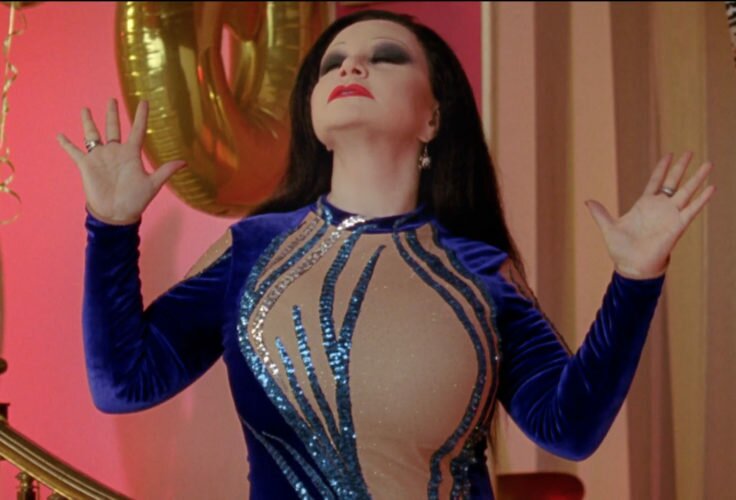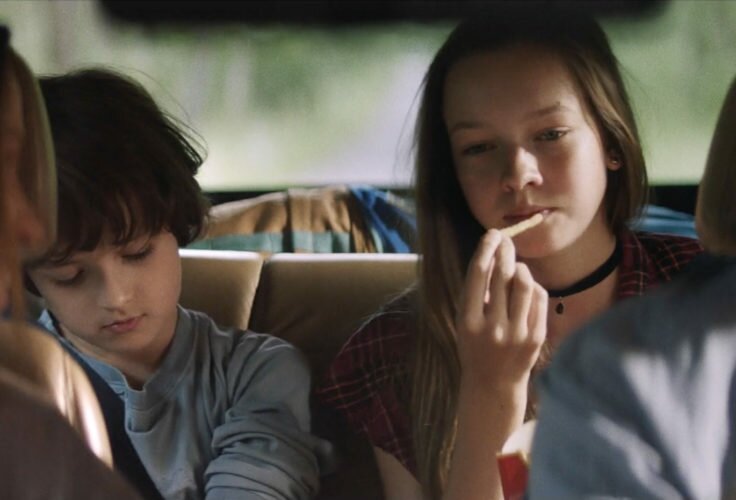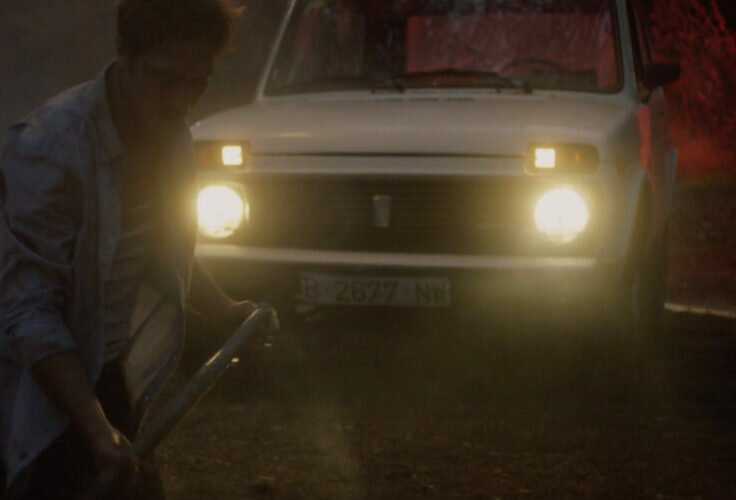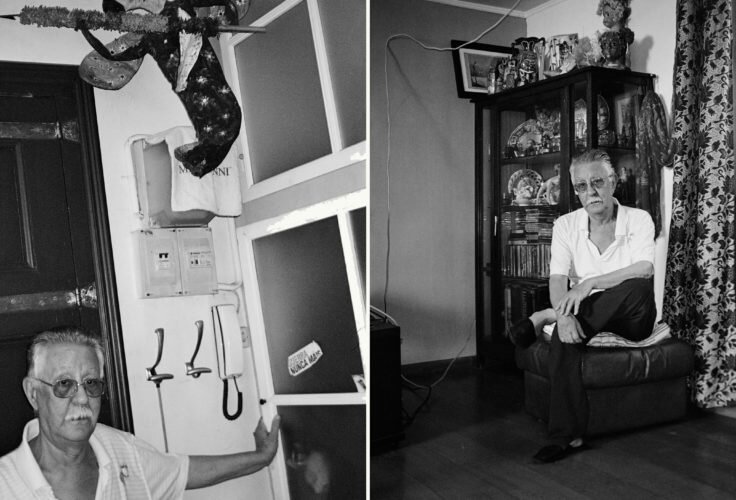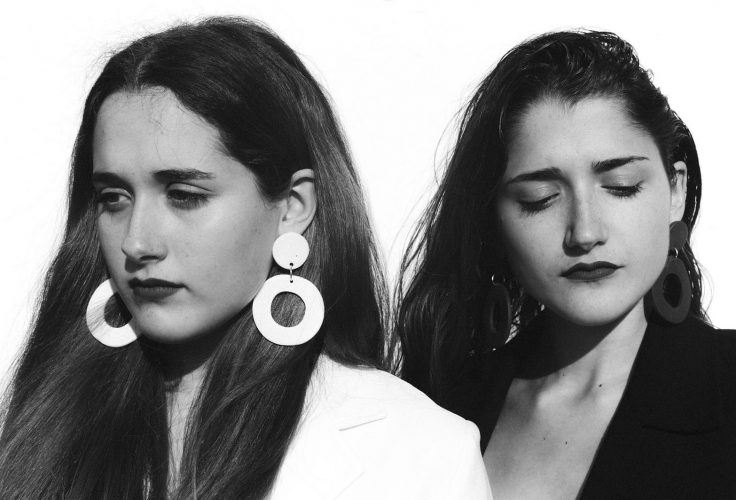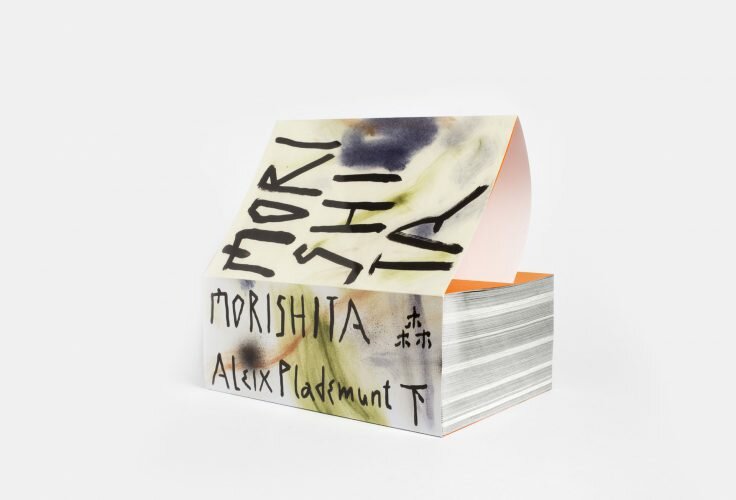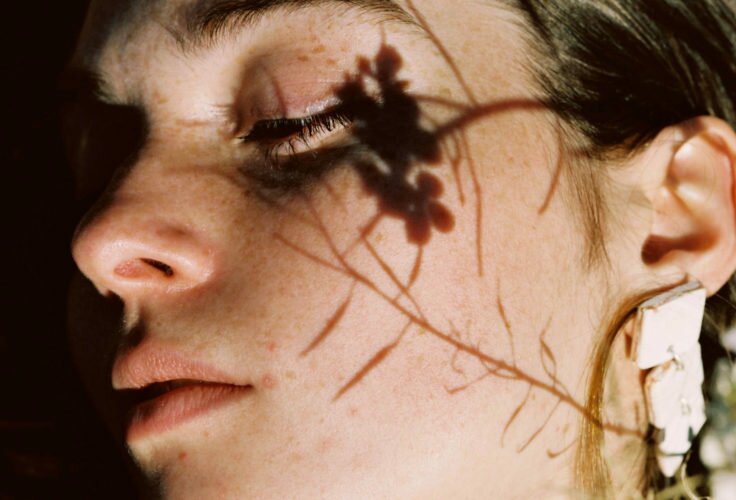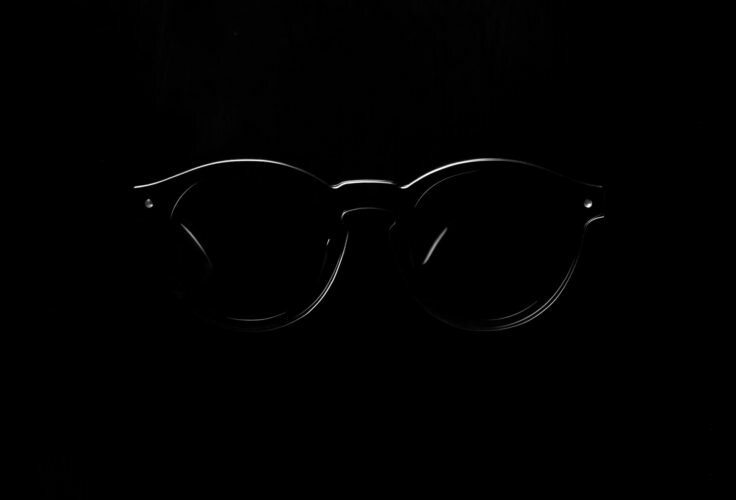Ornamental initials are an archaic textual element. They fell into disuse years ago. But Jordi Duró thinks we can still learn a lot from them.
VADE

We’re surrounded by retro graphic design. And it’s easy to locate the source of that “inspiration” in Herb Lubalin, one of the most influential graphic designers of his time, still widely admired by new generations.
What the design trade members seem to forget is that Lubalin was the main representative of an eclecticism that moved away from the international style during the sixties and seventies, and which, in reaction to this, started exploring the past, looking for warmer and more human typographies. Out of date or no longer used styles from the 19th century and from the avant-garde movements of the beginnings of the 20th century were used to solve record or book covers, posters or packaging. He had vintage at his hands to play around with, experiment and, above all, rebel against the Swiss reticule’s uniformity and stiffness.





Lubalin and the forgotten Tom Carnase looked through Victorian catalogues, revived old typographies and vindicated the job of the sign painter. They were part of the art deco revival of the seventies and sold many fonts through the U&lc magazine, designed by Lubalin and published by the International Typeface Corporation. The magazine was free and had a huge impact.




Revising the history of the time, we see that another studio with enormous global influence was Push Pin Studios, made up of Seymour Chwast, Milton Glaser, Ed Sorel and Reynold Ruffins, and founded in New York in 1954. On its desks worked illustrators such as John Alcorn, Paul Davis or the watercolour painter James McMullan, all, together with the founders of the studio, still studied and imitated to this day and age. They used a style drawing elements from the mannerisms of the past but without ever becoming a pastiche.


A very representative example of this would be the poster that Milton Glaser created in 1966 to be included in a Bob Dylan greatest hits LP. He acknowledged being influenced by a Duchamp self-portrait, to which he added a vaguely art nouveau layer and art deco typography, and created a pin-up: that is, a pop icon. Glaser has often declared that visual history is his toy box.




Another student of Cooper Union, like Lubalin and Glaser, was Galician Victor Moscoso, who took his interest for art nouveau design one step further. Combining colour theory (learned at Yale from Josef Albers) with the most acid version of rock, he became of the main figures of San Francisco psychedelic posters. Together with Griffin, Wilson, Kelley and Mouse, he was the artificer of an unmistakable style that has been forever linked with the music it announced. Denotation and connotation perfectly intertwined.

Although nowadays certain retro styles have become clichés for concrete musical genres, visual conventions for given subcultures, they still offer a sense of belonging to its consumers (like we read not long ago in Javier Calvo’s article Subversive Typography). These styles, so constricted and predictable as one would wish to see them, are part of their identity, of their semiotic code. They have a function.
The problem appears when retro turns into a pleasant formal resource, devoid of content and, thus, harmless. It’s then when its stops having any meaning as a language and becomes as cold as the Helvetica typeface Lubalin and company run away from.



